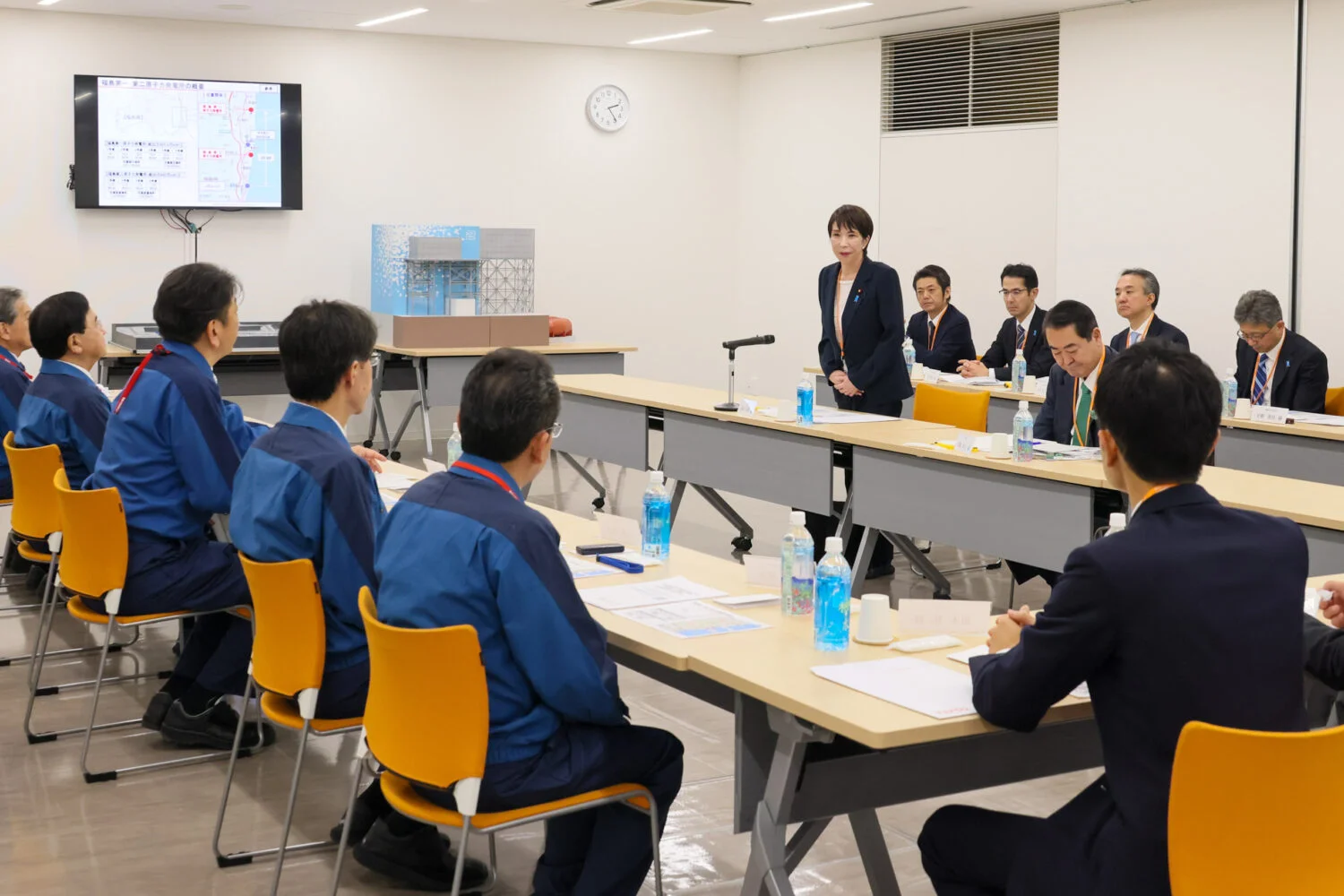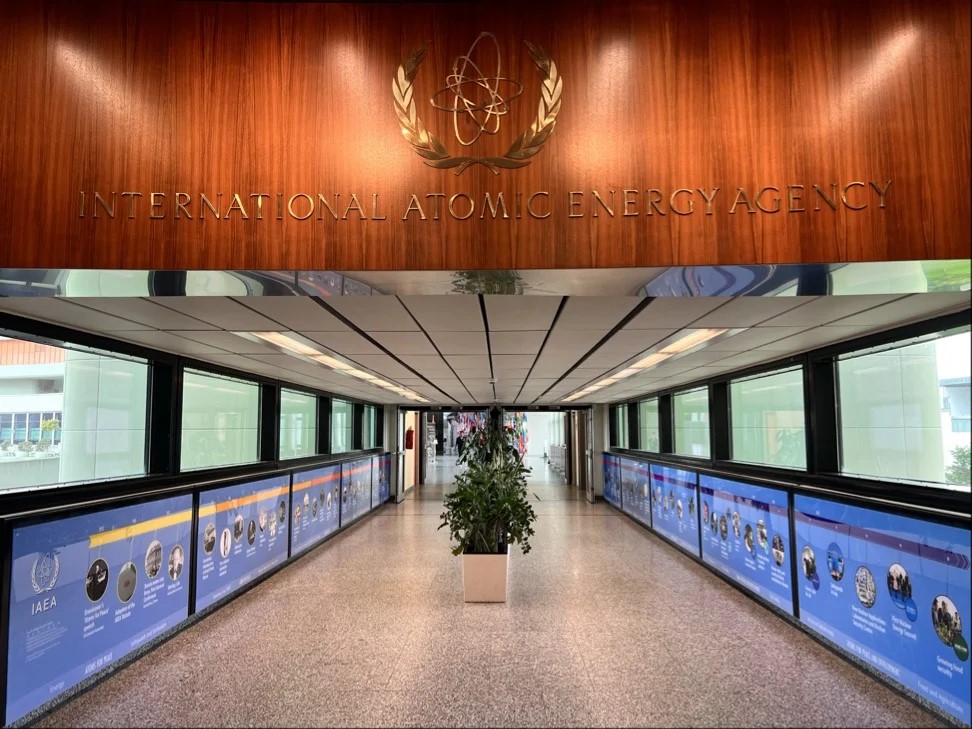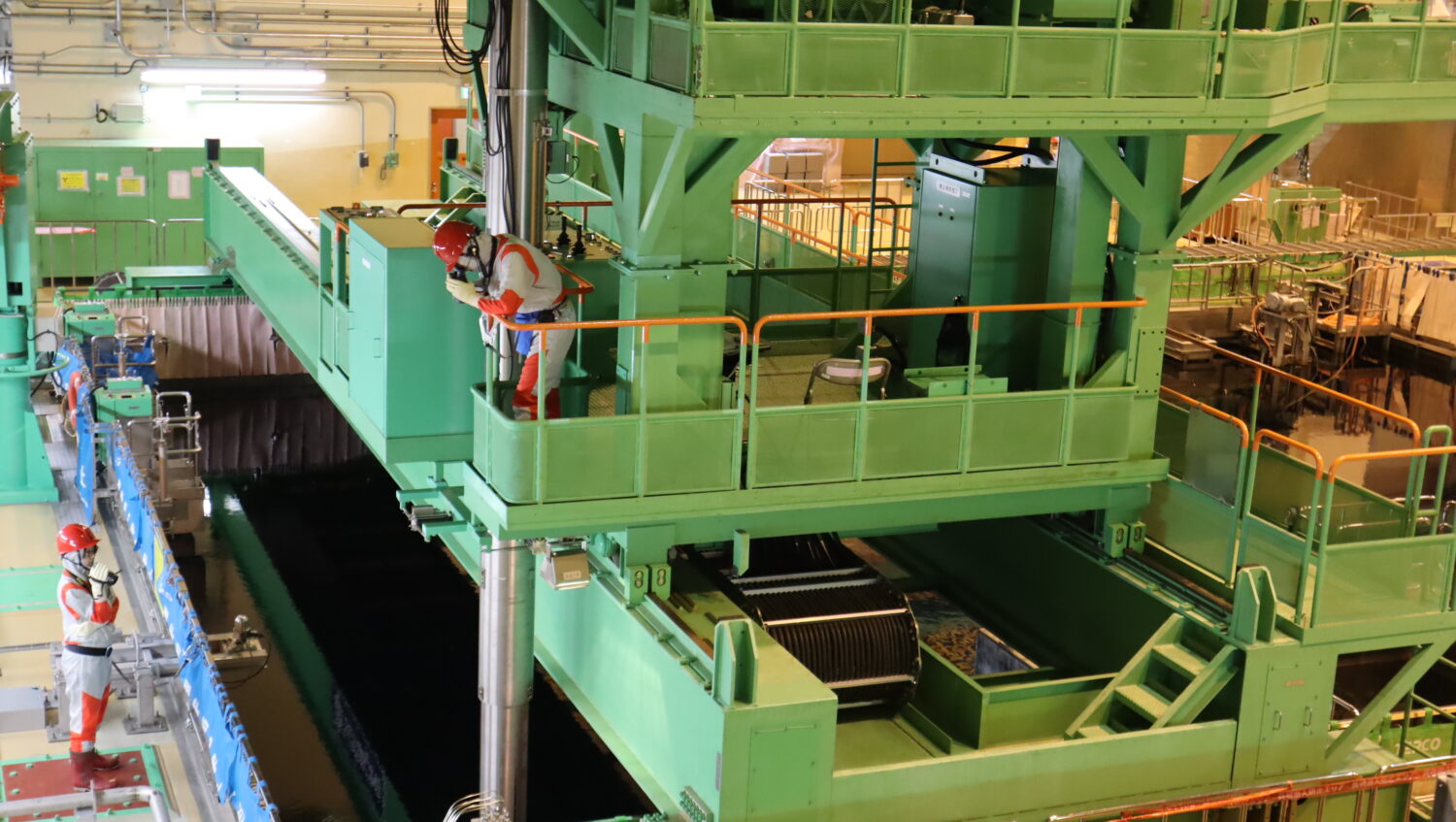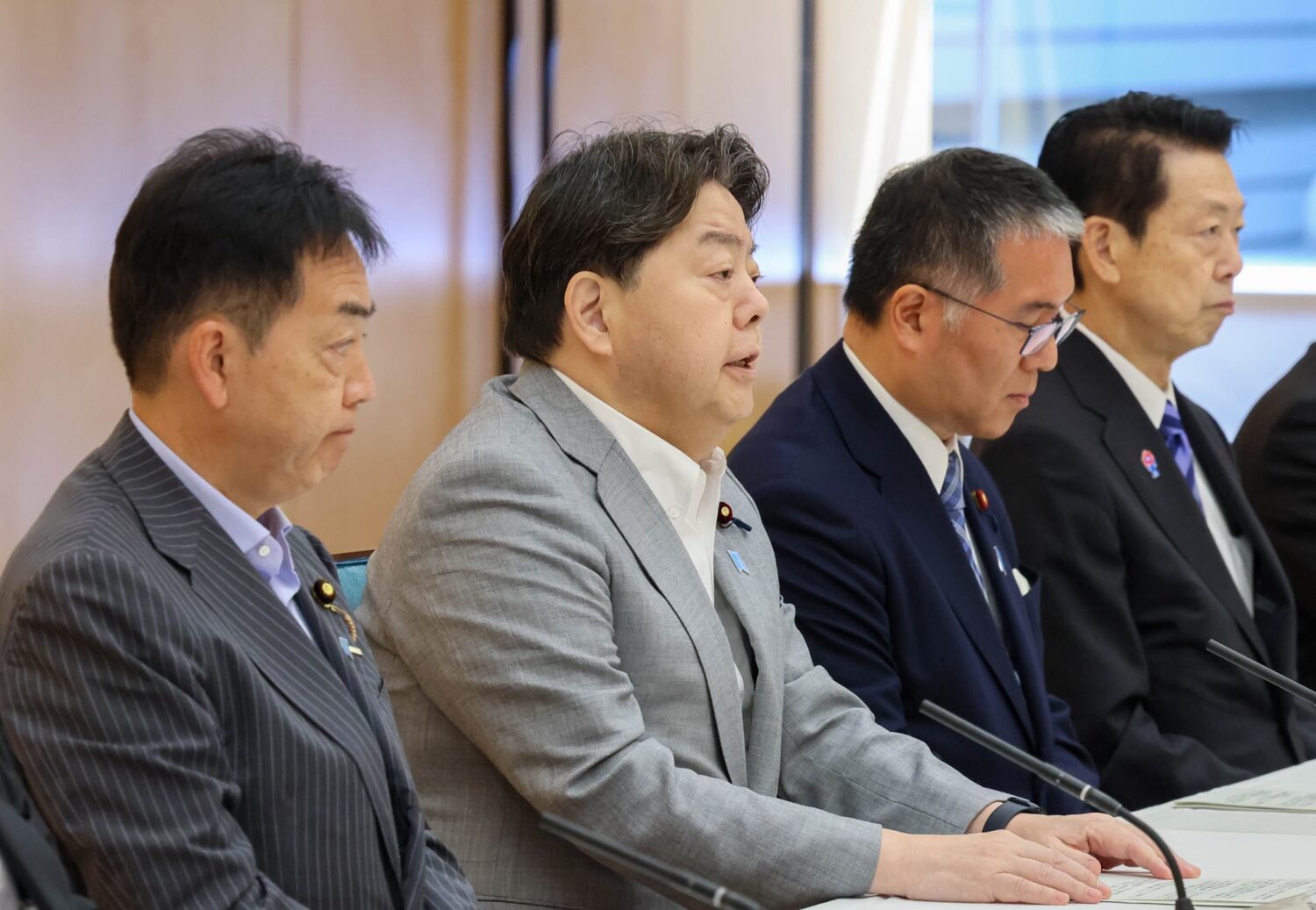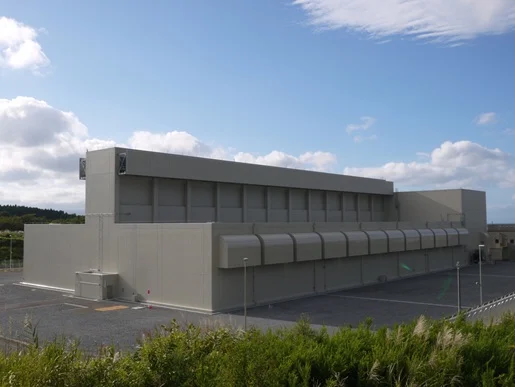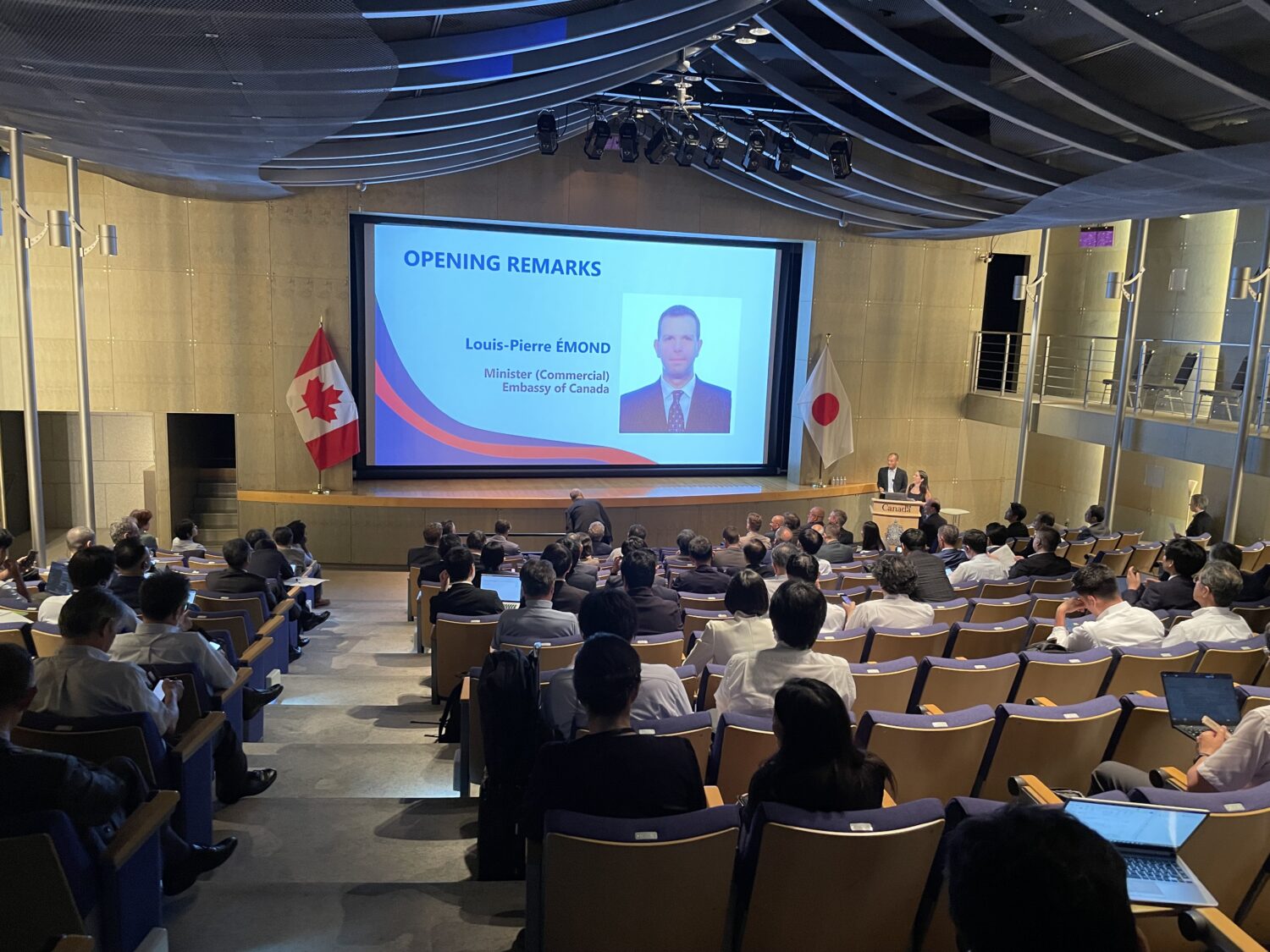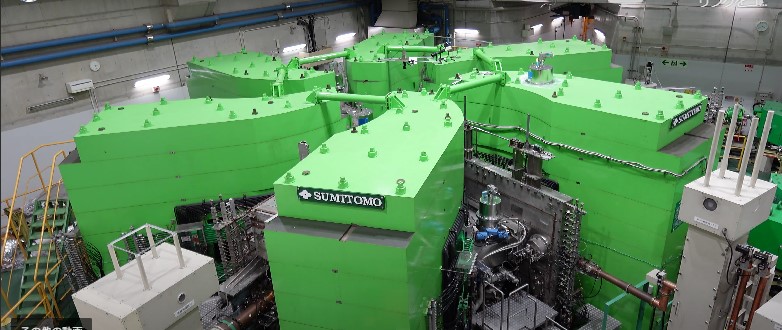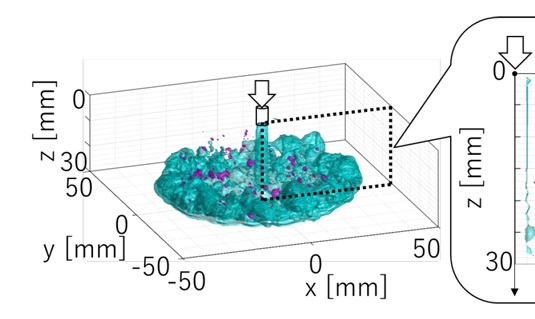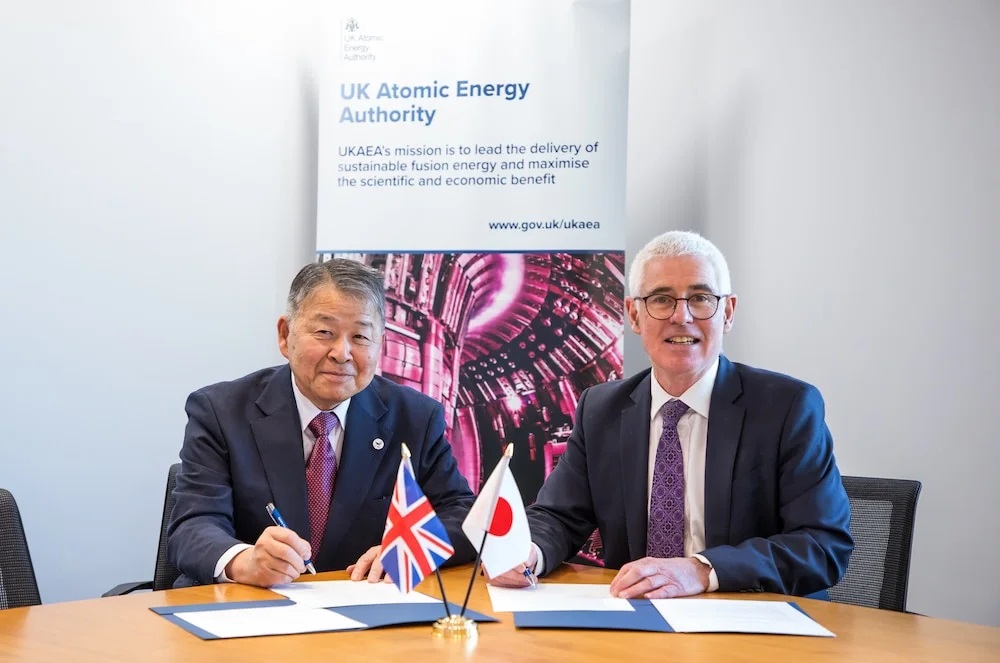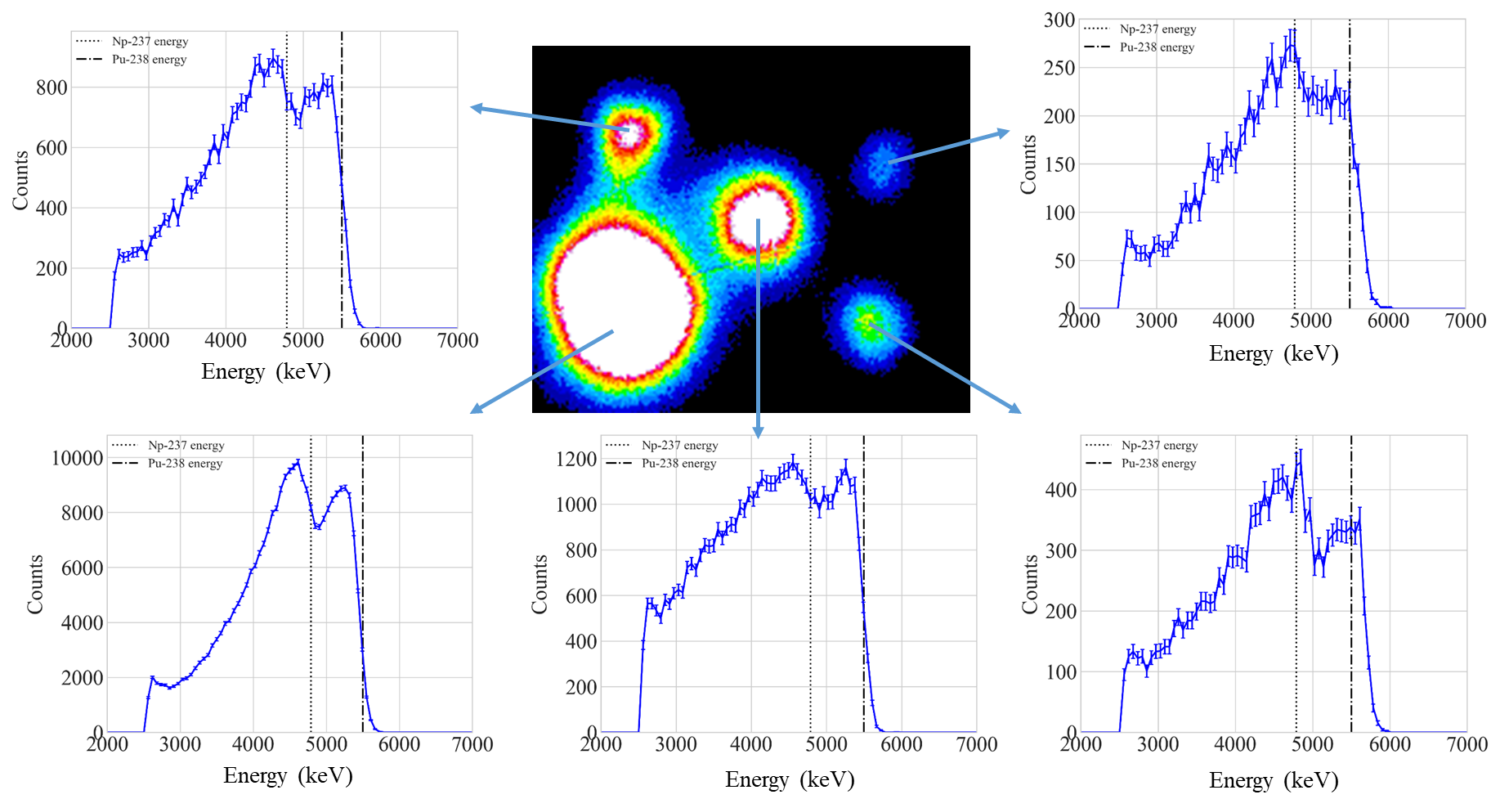The session opened with a keynote speech by President ONO Akira of the Fukushima Daiichi Decontamination & Decommissioning Engineering Company, under the Tokyo Electric Power Co., Inc. (TEPCO).
In his speech, Ono provided an update on the current status and challenges related to the decommissioning of Fukushima Daiichi, as well as efforts concerning contaminated water and treated water. He noted that decommissioning is fundamentally “a process to reduce radiation risks to local communities and the environment.”
Key initiatives were presented in five categories:
- Removal of spent fuel from storage pools
- Retrieval of fuel debris
- Management of contaminated water
- Discharge of water treated by the Advanced Liquid Processing System (ALPS)
- Processing and disposal of waste, and dismantling of reactor facilities
Among recent developments, Ono highlighted the successful trial retrieval of fuel debris using a telescopic device at Unit 2 in November 2024. Although the amount retrieved was only 0.7grams, he emphasized the significance of the milestone and TEPCO’s ongoing commitment to further analysis and technical development for full-scale retrieval using robotic arms.
On the topic of ALPS-treated water, Ono stated that 11 discharges had been safely conducted by the end of FY24 (i.e., by the end of March 2025), with plans for seven additional releases totaling approximately 54,600 m³ in FY25 (April 2025 to March 2026). He expressed his appreciation for the annual reporting opportunities provided by the JAIF conference and reaffirmed TEPCO’s dedication to steady progress.
A panel discussion followed, moderated by KAINUMA Hiroshi, associate professor with the Interfaculty Initiative in Information Studies at the University of Tokyo. Panelists included HIRONO Muneyasu, CEO of Shinwa Kougyou Co.; HENMI Tamami, member of the Tomioka Town Council; and Emilie BOUQUET, owner of the Amanogawa Farm.
Hirono shared the history of Shinwa Kougyou, which has maintained electrical equipment at NPPs since its founding in Tomioka in 1979. Recalling the 2007 earthquake off the coast of Niigata (officially, the Niigata Chuetsu Offshore Earthquake) and its subsequent impact on the Kashiwazaki Kariwa NPPs, he underscored the critical role of daily maintenance.
During the giant earthquake that struck Tohoku and eastern Japan in March 2011 (officially, the Great East Japan Earthquake), Hirono was in Tomioka when the disaster struck and described the hydrogen explosions at Fukushima Daiichi-1 and -3 as “a fear like never before.”
Nevertheless, he emphasized his renewed determination to contribute to decommissioning through the development of innovative technologies based on hands-on experience.
Henmi, who was born in Tokyo and studied nuclear and radiation sciences at the Musashi Institute of Technology (now Tokyo City University), began working in Fukushima’s coastal Hamadori region in 2012 following the disaster. She has lived in Kawauchi, Iwaki, and Tomioka over the past 13 years.
Henmi stressed that some areas remain under evacuation orders and highlighted both the revival of local school entrance ceremonies and the ongoing search for disaster victims. She also raised concerns regarding the final disposal of decontaminated soil, which must be removed from Fukushima by March 2045.
Bouquet, originally from France, now lives in Okuma and runs a farm focused on natural agriculture. Her interest in Fukushima began when she met a student from the area while teaching French. She moved to the Aizu region in 2021 and started farming.
During the discussion, participants raised issues and prospects related to ongoing infrastructure development and recovery in Hamadori, including the importance of educational migration.
One panelist said, “Staying in Hamadori and continuing our work is our mission,” while another said, “It’s essential to understand each other’s positions and work together with mutual respect.” Yet another panelist said, “We want people to visit and interact with local residents.”
The session thus delivered meaningful messages to the nuclear industry and beyond.


